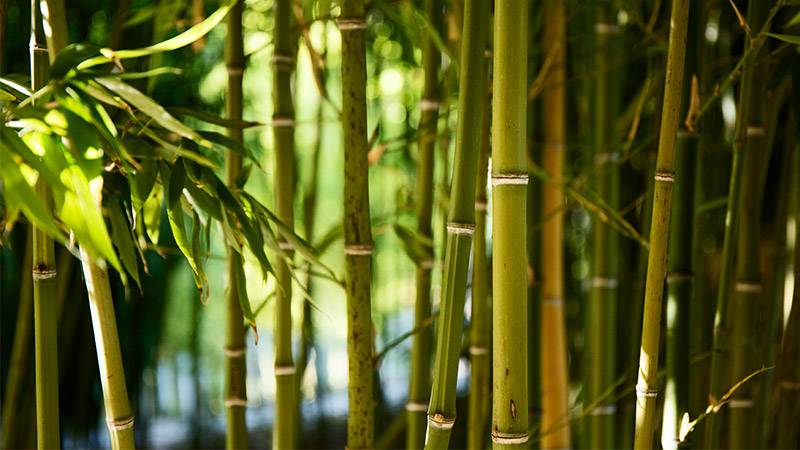Yasmeen Lari, a celebrated architect with a distinguished four-decade career in designing modern structures, has embarked on a groundbreaking journey, using bamboo to create flood-proof homes in Pakistan. This initiative emerged during her humanitarian work in Pakistan’s Swat Valley, where she observed the challenges refugees faced in building shelters. Noticing a nearby bamboo grove, Lari realized the potential of this versatile material. Since then, her organization, the Heritage Foundation of Pakistan, has built approximately 85,000 bamboo structures, proving remarkably resilient against devastating floods, including the worst in Pakistani history last year.
Lari’s endeavor addresses a critical global issue: how to rebuild communities quickly, affordably, and effectively in the face of escalating climate change-induced disasters. Traditional emergency shelters, often costly and inefficient, fall short in providing long-term solutions, especially in economically challenged regions like Pakistan, which faces severe climate impacts despite its minimal carbon emissions.
The bamboo homes, designed by Lari, are not mere temporary relief structures but durable, disaster-resistant dwellings. Inspired by her visit to earthquake-stricken Kumamoto in Japan, where bamboo structures had withstood the test of time, Lari recognized bamboo’s resilience and environmental benefits. Bamboo, a fast-growing grass, serves as a sustainable alternative to timber, possessing mechanical properties comparable to manufactured materials. Lari’s approach aligns with a global movement towards modern bamboo architecture, demonstrating its versatility in various climates and contexts.
A type of grass, bamboo can be ready for harvest in as little as three years, a fraction of the time needed for timber wood to grow. Like manufactured timber, bamboo products can store carbon, and bamboo forests perform well as carbon sinks, meaning they absorb more carbon than they release.
Lari’s designs mark a departure from her earlier career, focusing now on simplicity and functionality. These bamboo homes, adaptable to extreme flooding, represent a practical solution for areas prone to monsoon rains and glacial melts. The design principle is straightforward yet innovative: bamboo structures are tied together, allowing them to swell and return to shape during floods. Moreover, Lari’s designs are accessible and replicable, with instructional videos available for widespread adoption.
According to The Washington Post, Lari’s shift from designing prominent buildings to humanitarian and preservation work reflects her commitment to addressing the needs of the less privileged. Her current project aims to democratize architecture, making sustainable housing accessible to all. These bamboo homes, combining mud, limestone, and bamboo, are cost-effective and environmentally friendly, costing just $176 per unit. Lari’s goal is to construct one million such homes, creating self-sustaining communities with shared resources and empowering women as key contributors.
Lari’s initiative extends beyond mere construction. It encompasses community development, with each cluster of homes fostering self-sufficiency through various micro-enterprises. This approach contrasts starkly with conventional high-cost, high-carbon relief efforts, offering a sustainable model for disaster recovery. As of now, Lari’s foundation has built nearly 40,000 homes since last year’s floods and aims to complete a million by 2024 or 2025. Lari continues to innovate, exploring new designs to enhance flood resilience, drawing inspiration from historical and natural precedents.
Yasmeen Lari’s bamboo housing project in Pakistan stands as a testament to the power of sustainable architecture in transforming lives and landscapes. Her work not only provides immediate shelter to those affected by floods but also leads the way towards a more sustainable and resilient future in the challenging context of climate change.
More inspiring green news similar to this:


